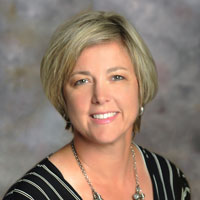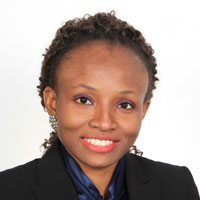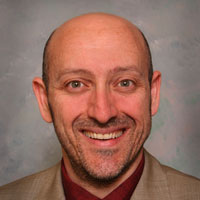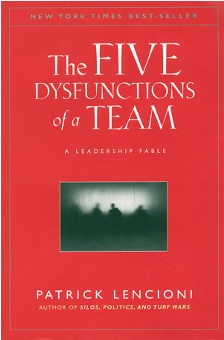This is our first Book Reviews podcast for the SEA Good Bedtime reads. My name is Viji Kurup and I am an
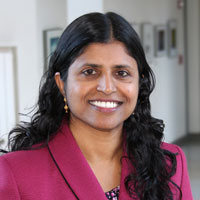 |
|
Viji Kurup MD
Professor
Vice Chair for Medical Education Yale University
|
When COVID hit our hospital, things changed drastically. We were working in unfamiliar territories. There was a lot of uncertainty and things were evolving quickly. The morale of my colleagues as well as my residents was dropping, and during one of my late night calls, I got talking with my call team and one of my residents mentioned a book named Tribal Leadership and how it described groups and cultures. This conversation sparked my interest and I read the book over the next few weeks. I also recommend the TED Talk by Dave Logan to get a sneak peak at his philosophy.
The author Dave Logan specializes in strategy and cultural performance and is a faculty member at USC’s Marshall school of business. He describes tribes within organizations that have distinctive identifiers. The book is meant to help leaders identify tribes of people within their organization and gives tools to upgrade their tribes’ culture stage by stage. The authors comment that this book is a result of research over 10 years across 24,000 people.
The premise of the book is that it is possible to create high performing organizations if we pay attention to the culture of the people. In most organizations, cultures can be divided into 5 stages:
Stage 1 where the motto is ‘Life sucks’, where members feel that everything is futile and worthless. People are hostile and think that they need to band together to get ahead in a violent and unfair world. We may not see a lot of this except in individuals and even then, hopefully very rarely.
Stage 2 motto is ‘My life sucks’ where members feel that although things around them are good, they may not be having a share of it. We can see examples of these when we listen to people complain in our workrooms of how bad their lives are. People are passively antagonistic. They have seen it all before and watched it fail. They are sarcastic and resigned.
Stage 3 motto is ‘I am great’ and by implication ‘You are not’ and is most commonly seen in academics where people individually achieve heights that the rest of the group may not reach. Here people are driven by their own ego to publish, get more titles and power within the organization. Here, winning is personal and they seem to be constantly disappointed that others don’t have their ambition or skill.
Stage 4 motto is ‘We are great’ where leaders inspire their groups to achieve unique outcomes and results. In this stage people naturally use ‘We’ when describing results rather than ‘I’. Team accomplishments are celebrated. Everyone seems happy, inspired and genuine. Here the team comes together despite differences to work towards a common goal.
Stage 5 is called ‘Life is great’ where the members work together towards aspirational goals and collaborate and communicate seamlessly. The group talks about infinite potential and how the group is going to make history because doing so will make a global impact. The group is constantly pushing the limits and is not in competition with anyone.
The authors stress the importance of tribal culture and triadic relationships as opposed to dyadic ones, which seem to be important to form effective and stable relationships. The authors illustrate these stages and their relation to each other with very effective use of stories and examples from real life. For anyone who is looking to create effective teams and is currently in leadership or aspiring to be a leader, this book is a very good and easy read.
After reading the book I could look around me and classify behaviors of people and see which stage they are currently in and what might be driving them, and what might inspire them to go to the next level. This book can add to your understanding of teams and provide some ideas on how to motivate your team and how collectively we can all achieve great things. I hope you enjoy this book.


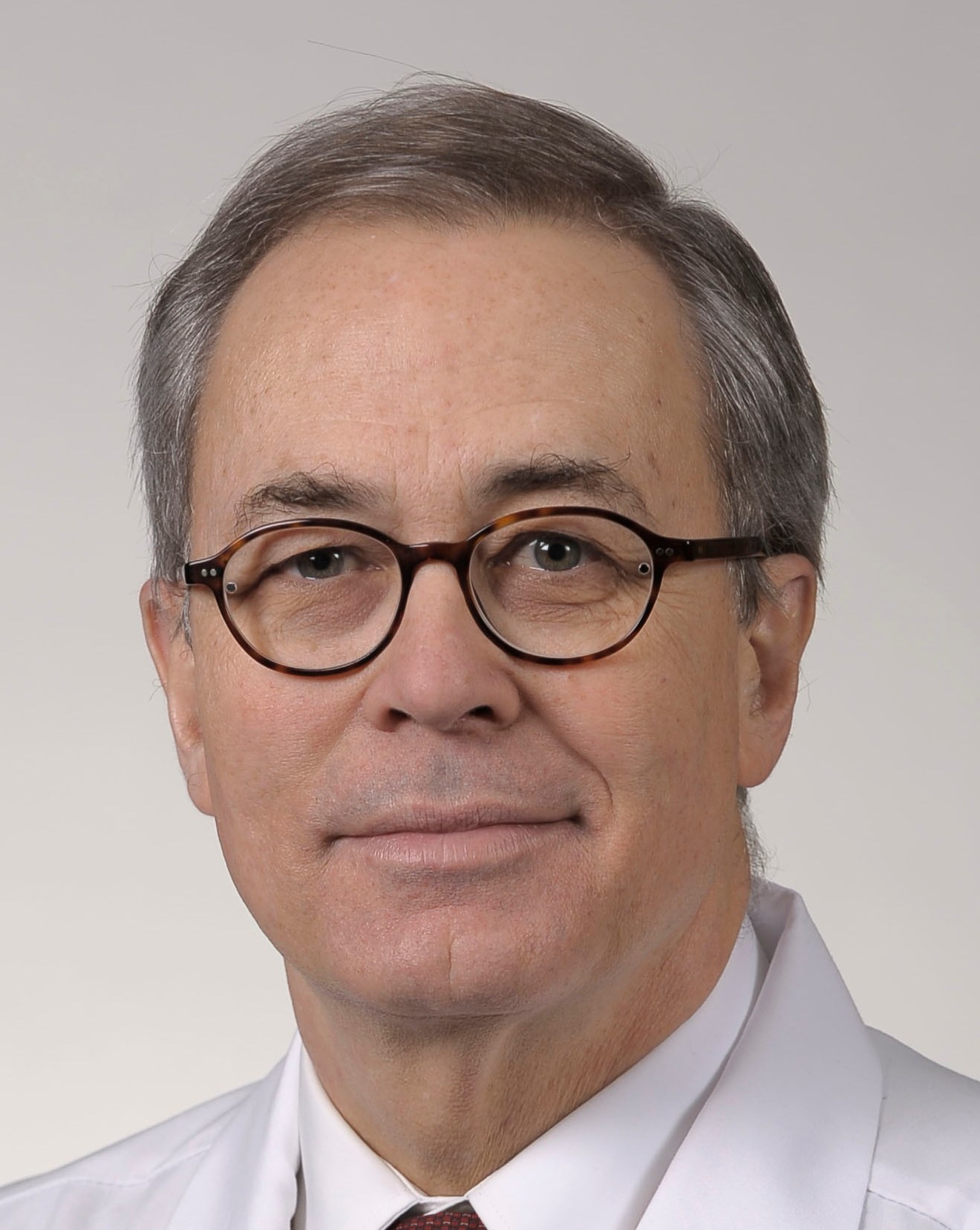
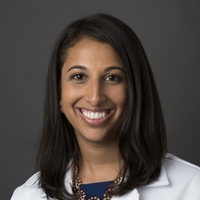
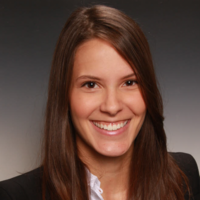
 decrease burnout and bolster mental wellbeing. Traditionally, interclass friendship and camaraderie vital for the forthcoming clinical years stems organically from frequent social interactions both within and outside the hospital. However, due to infectious concerns, many of those opportunities are not possible this year. With some creativity, we supplemented their curricula with online weekly social hours to facilitate debriefing, decompression, and growth as a class as well as a structured 1:1 peer mentorship program that paired rising CA-1 residents with senior mentors to provide psychosocial support, encourage self-reflection, and bolster professional connectedness.
decrease burnout and bolster mental wellbeing. Traditionally, interclass friendship and camaraderie vital for the forthcoming clinical years stems organically from frequent social interactions both within and outside the hospital. However, due to infectious concerns, many of those opportunities are not possible this year. With some creativity, we supplemented their curricula with online weekly social hours to facilitate debriefing, decompression, and growth as a class as well as a structured 1:1 peer mentorship program that paired rising CA-1 residents with senior mentors to provide psychosocial support, encourage self-reflection, and bolster professional connectedness.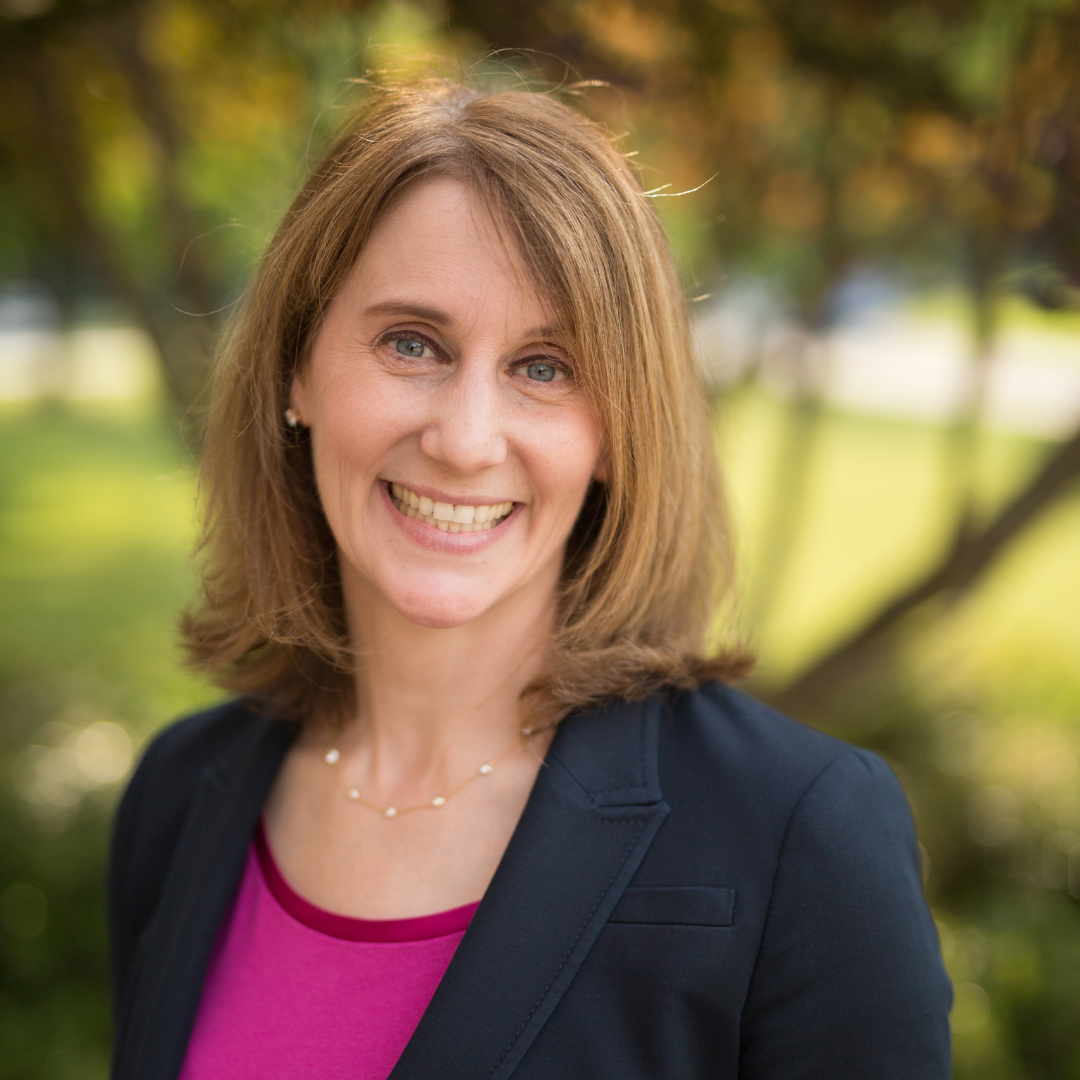
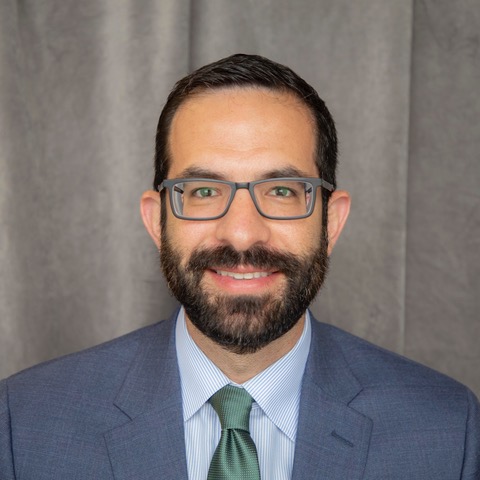
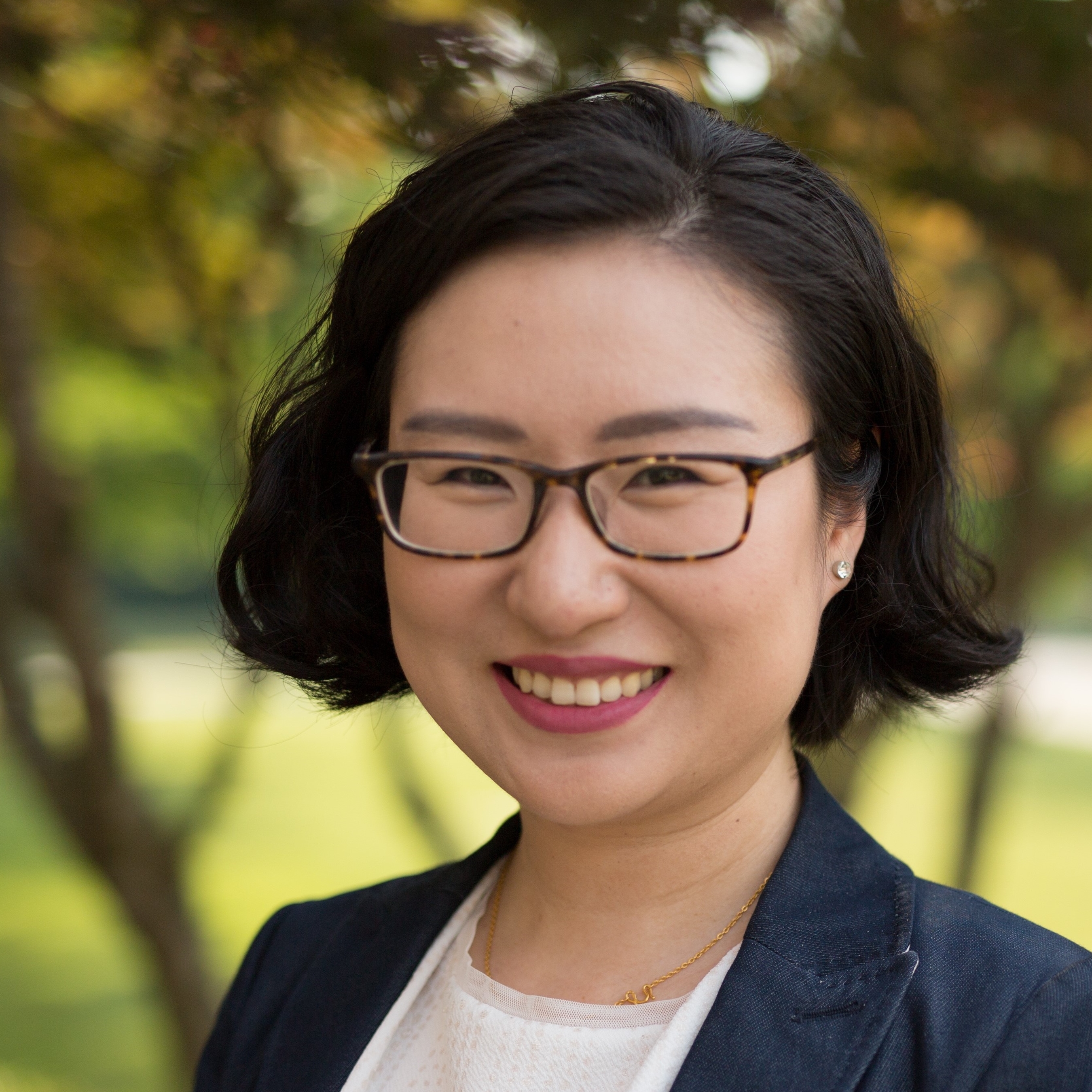
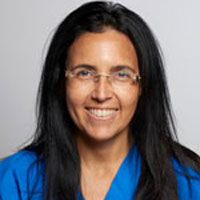
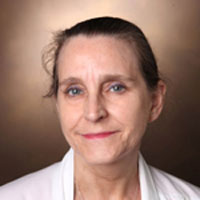
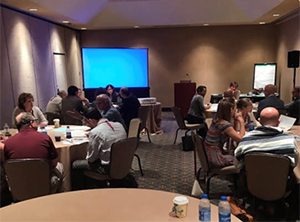
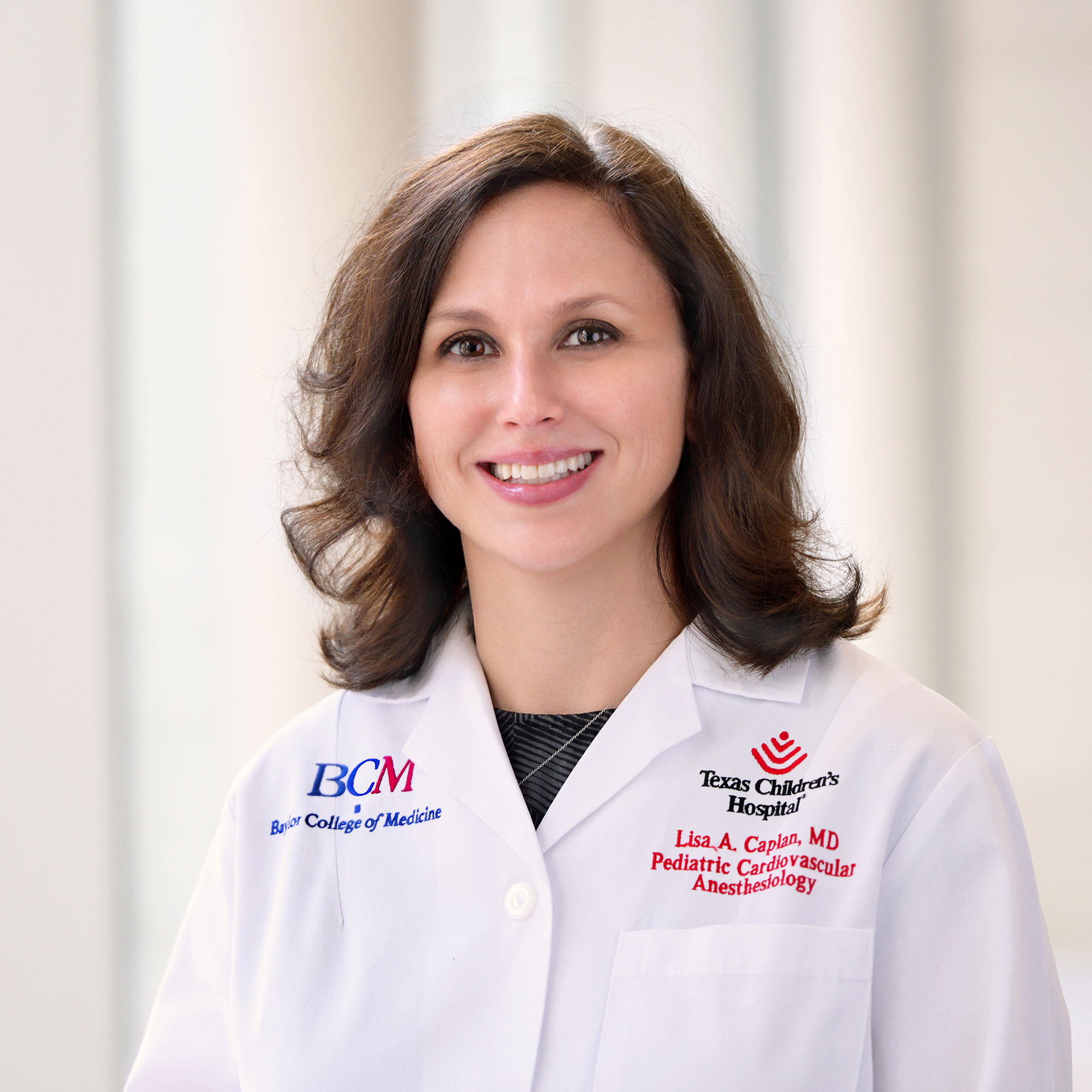
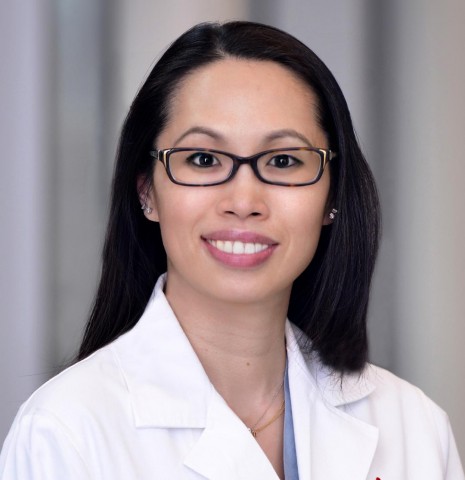
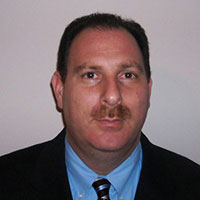
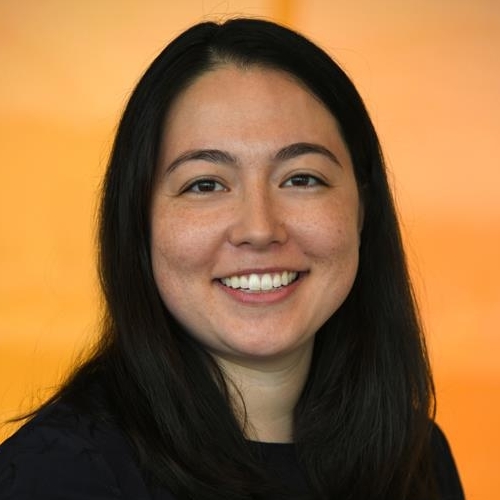
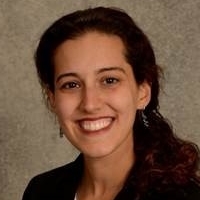
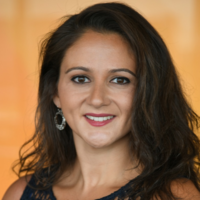
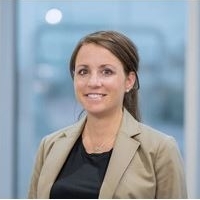
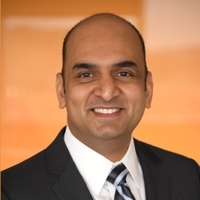
 high fidelity, was used extensively to educate our medical students. A simulation session that seemed straightforward before the pandemic took substantially more effort because we had to sanitize all the equipment and operate the simulators without the aid of technicians. Finding masks, gloves and sanitizing equipment was challenging. The debriefing skills that I obtained over the years helped to address and humanize medical students’ and residents’ concerns about COVID-19 and the effects on their education.
high fidelity, was used extensively to educate our medical students. A simulation session that seemed straightforward before the pandemic took substantially more effort because we had to sanitize all the equipment and operate the simulators without the aid of technicians. Finding masks, gloves and sanitizing equipment was challenging. The debriefing skills that I obtained over the years helped to address and humanize medical students’ and residents’ concerns about COVID-19 and the effects on their education.
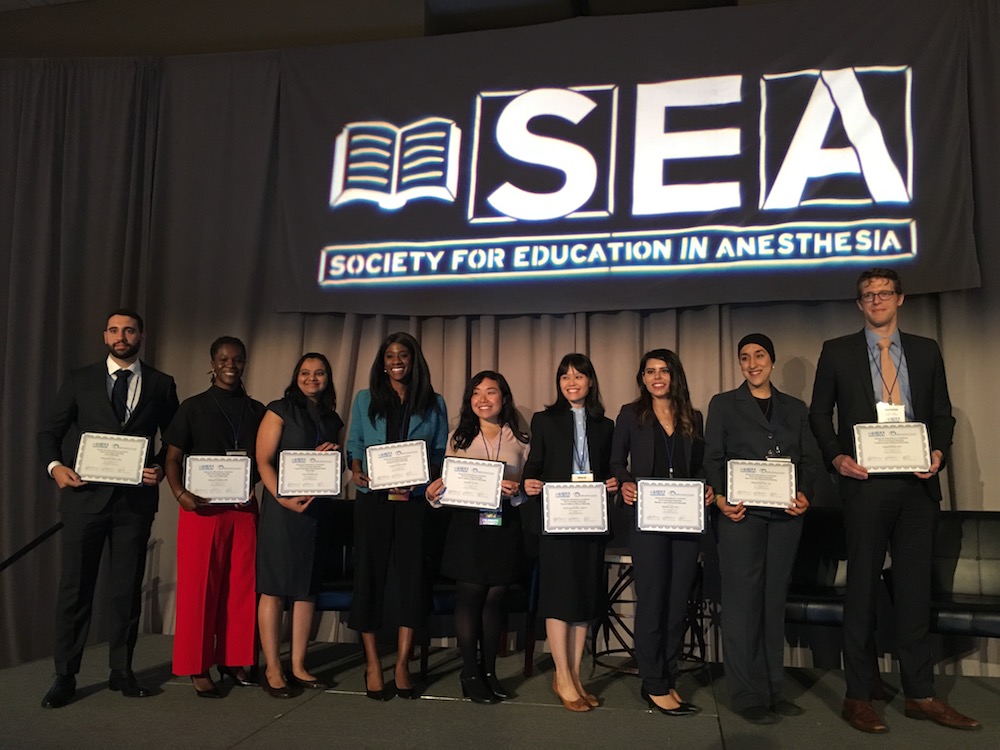 This was another successful year for the SEA/HVO Fellowships. We received 22 applications and awarded 8 Fellowships. See the HVO announcement below. The new Fellows will be traveling to Vietnam, Rwanda or Ghana for their month of teaching anesthesia residents, anesthesia nurses or anesthesia clinical officers. Congratulations to them all.
This was another successful year for the SEA/HVO Fellowships. We received 22 applications and awarded 8 Fellowships. See the HVO announcement below. The new Fellows will be traveling to Vietnam, Rwanda or Ghana for their month of teaching anesthesia residents, anesthesia nurses or anesthesia clinical officers. Congratulations to them all.